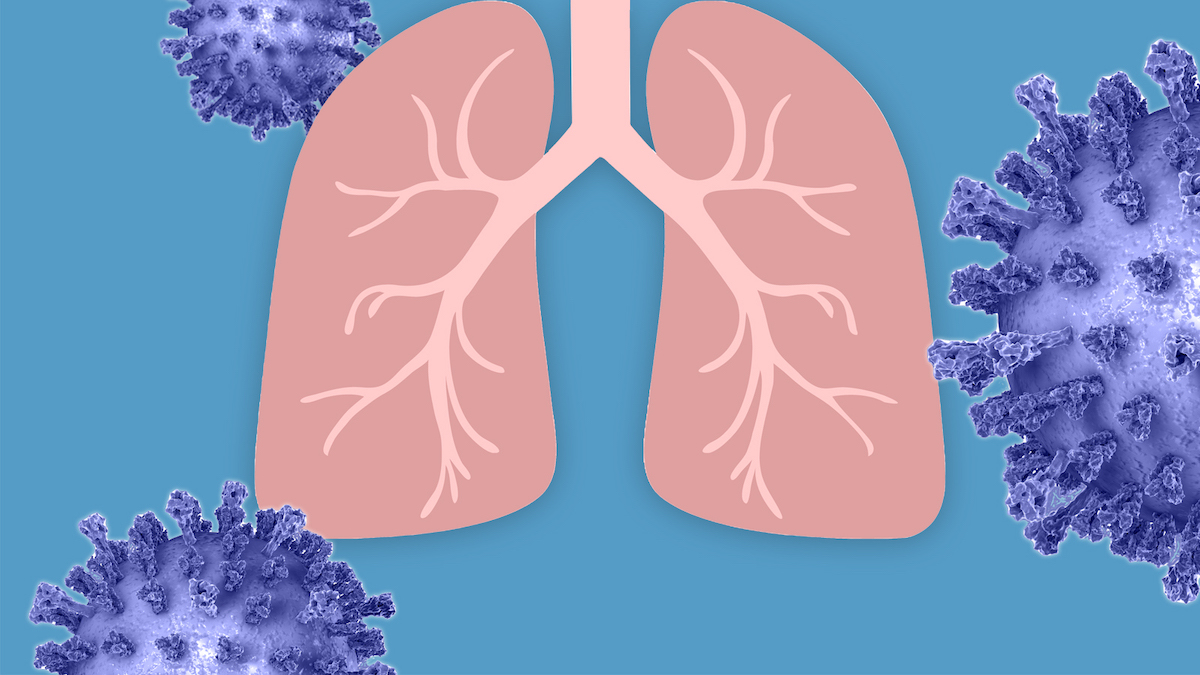RSV is a common medical problem in the United States. The abbreviation stands for the respiratory syncytial virus. The virus can cause respiratory infections, such as bronchitis and pneumonia. According to the Centers for Disease Control and Prevention (CDC), between 75,000 and 125,000 people in the United States are affected by Respiratory Syncytial Virus each year. The virus is hazardous for (young) children, and adults with a weakened immune system and/or over 65 years old. Therefore, how to recognize the virus and what to do if you suspect your loved one is infected with RSV is incredibly important.

What is Respiratory Syncytial Virus?
Respiratory syncytial virus is a common respiratory virus that affects the lungs, particularly the small airways known as bronchioles. It is usually a mild illness that causes cold-like symptoms in healthy children and adults and typically resolves on its own within a week. However, certain groups of people are at risk for more severe RSV infections, including children under 2, adults over 65, and those with compromised immune systems, chronic lung diseases, or congenital heart conditions. Severe RSV infections can lead to pneumonia or bronchiolitis, which may require hospitalization. Additionally, RSV can exacerbate existing heart and lung conditions.
How Contagious Is RSV?
RSV is highly contagious and is easily spread through close contact with an infected person. It is most contagious during the first few days or week of symptoms, but some babies and individuals with weakened immune systems may remain contagious for up to 4 weeks after their symptoms begin. The virus can be transmitted through the air when an infected person sneezes or coughs, and it can enter the body through the eyes, nose, or mouth. RSV can also survive on hard surfaces such as countertops and doorknobs, and it can be contracted by touching a contaminated surface and then touching the face or mouth. Continue reading on the next page and find out, among others, how you can recognize RSV.

